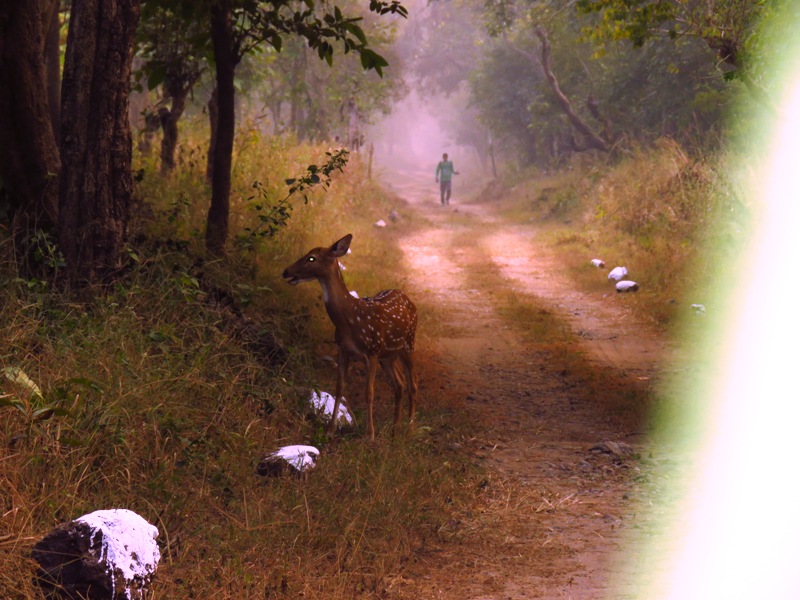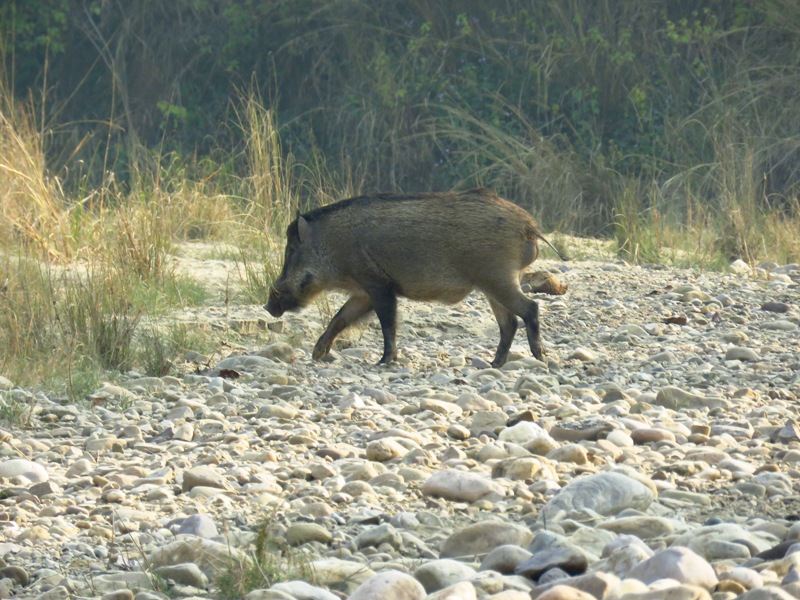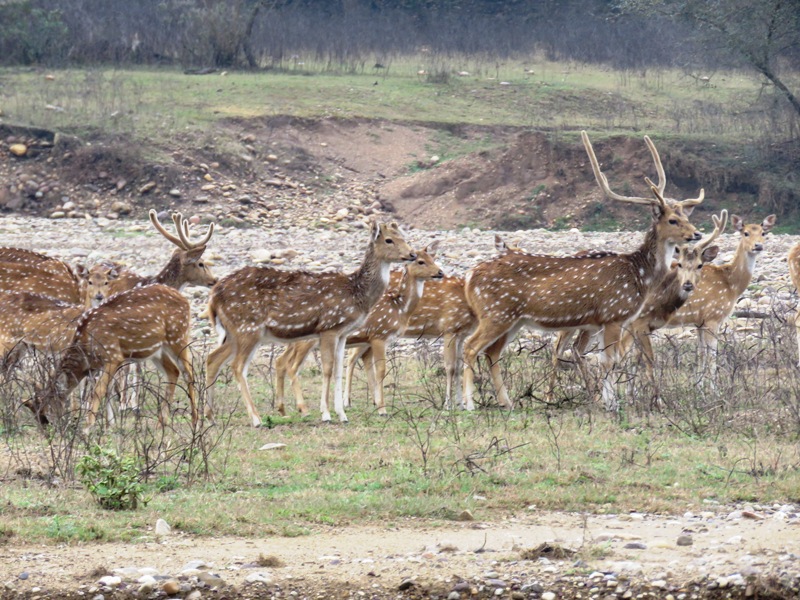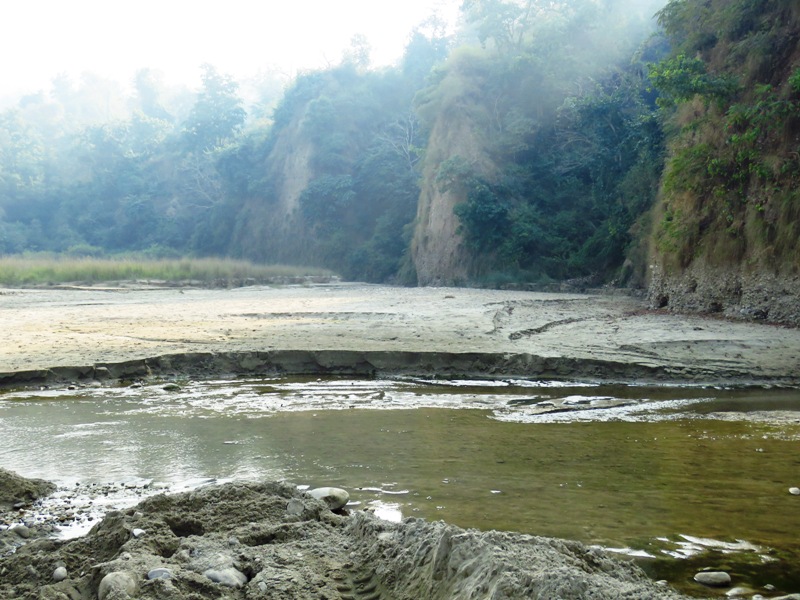CONSERVATION IMPORTANCE
Rajaji National Park has a long conservation history more than 65 years starting from the time when it was a Rajaji sanctuary (in 25th Jan 1977) of 248.94 sq km to a Rajaji Tiger Reserve of 1075.17 sq km in 2015. The forest of Rajaji were initially used as a game sanctuary and its timber sold to generate revenue. It has come a long way since then to get the king of jungle – the tiger, back into the reserve where it was once found in abundance. The Uttarakhand state now has two tiger reserves, Corbett Tiger Reserve and Rajaji Tiger Reserve which are adjacent to each other. Corbett Tiger Reserve has the highest density of tigers in the world and the second highest number of tigers in the country. Rajaji is the part of the Shiwalik Elephant Reserve which is one the 11 elephant reserves designated in India and the only elephant reserve in state to be notified as early as 2002. Rajaji National Park was declared a tiger reserve on 18th April 2015. Both Rajaji and Corbett are part of the Rajaji-Corbett-Tiger Conservation Unit (RCTCU) along with some other reserve forest areas.
This unit covering approx 170-200 tigers apart from other animals such as Sambhar, Nilgai, Cheetal and wild boar. In the past, wildlife was free to move across this huge area but now towns like Haridwar, Kotdwar and Lal Kuan have fragmented the landscape hindering the movement of wildlife. It is important to maintain connectivity between the different forests in this landscape for genetic exchanges amongst wild animals which is crucial for their long term survival. Rajaji is also a part of the Tarai – Arc Landscape (TAL) which is an effort to establish the connectivity between the forests spanning from the Yamuna in the west to the river Bagmati in the east in Nepal and covers 13 protected areas, over an area of 49,500 sq km.
Rajaji now has grown from a small sanctuary to one of the premier tiger reserves in the country today. Its rich biodiversity and geographical significant location makes it a significant conservation landmark of country.






